An article by Helen Pitcher
A recent research paper by MWM called Taming Narcissus provides boards with essential advice on how to spot narcissism and suggests ways to nip it in the bud or 'tame' it.
The report points out that narcissism is the flip side of many of the key strengths such as drive, determination and ambition that propel individuals to the very top. Sigmund Freud recognised that everyone is somewhat narcissistic. He tells us that this psychological type is especially suited “to take on the role of leaders” and recognised the dark side of this tendency.
Professor Manfred Kets de Vries has studied this phenomena for many years and written cogently and extensively on it. He maintains that many CEOs are obsessive and tend towards narcissism but a certain amount of self-love and self-belief is necessary to prosper in corporate life. Kets de Vries calls this constructive narcissism.
Key to the MWM advice is that prevention is better than cure and suggests making behavioural risk a standard independent director agenda item. The report also highlights the key role of succession planning to the company and not allowing a CEO to outstay their value. It is, however, a brave board that removes a CEO before such issues become apparent to shareholders, brokers and the like.
Seven deadly sins are highlighted in Taming Narcissus:
- grandiosity and greed
- over-concern with public profile
- hub and spoke leadership
- over-management of the board
- absence of contrary voices
- disdain for succession planning
- distorted thinking and decision making
MWM proceed to highlight the corrosive influence of executives such as Fred ‘the Shred’ Goodwin of RBS, Barnevik of ABB and Skilling at Enron.
Barriers that prevent a board from spotting and addressing such issues are seen as lack of EQ or psychological skills amongst the board members; lack of confidence; with the difficulty of judging when to act being critical; and, finally lack of courage.
What is needed is the development of organisational antennae, talking explicitly to the CEO about the dangers, rigorous succession planning processes, having an engaged and connected board and chairman, a focus on behavioural risk, and finally but most importantly, open and robust board dynamics with regular external board reviews by reviewers with psychological as well as business and governance insight.

